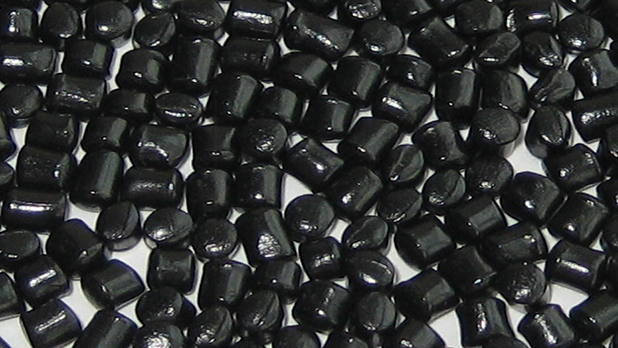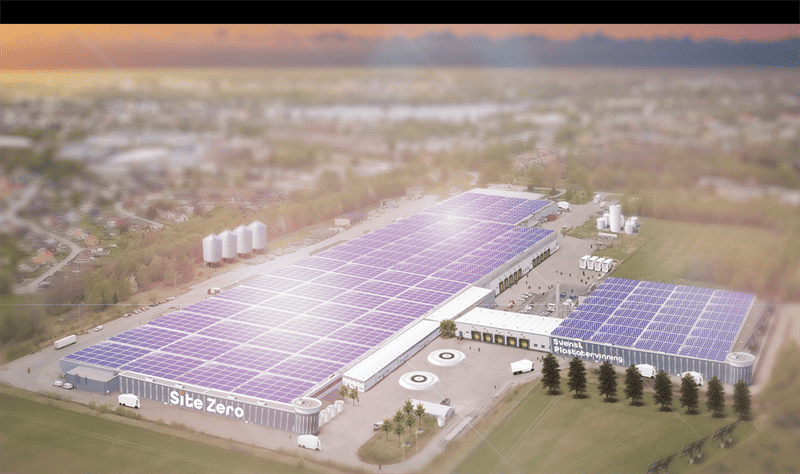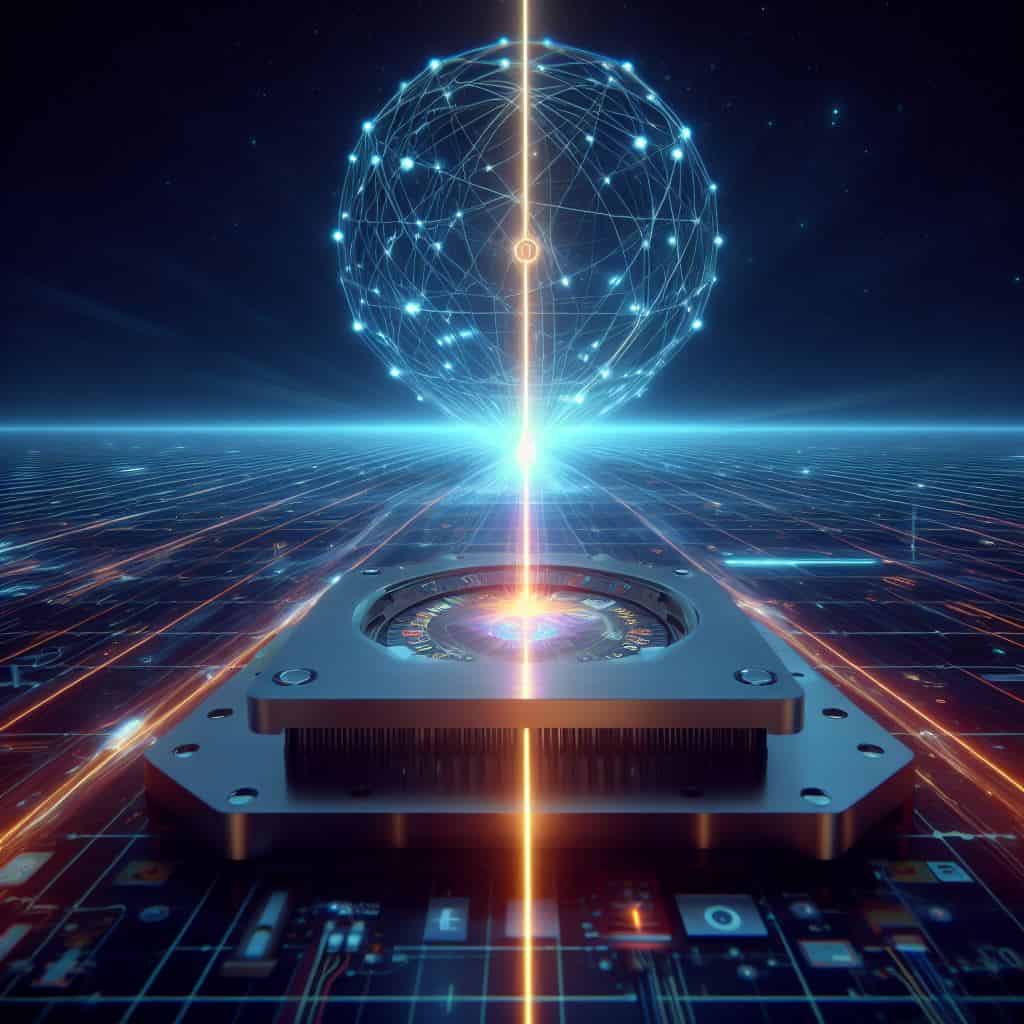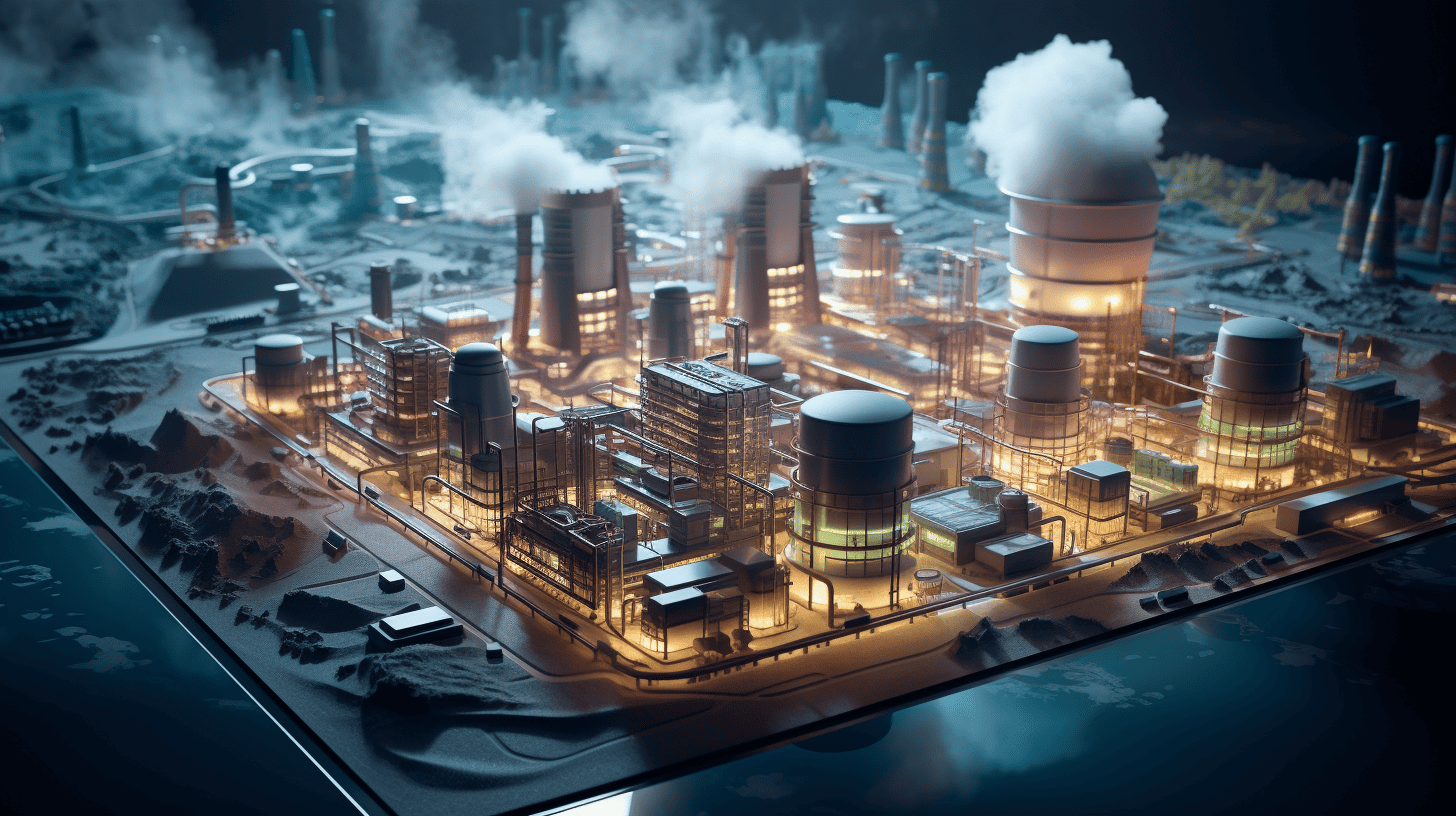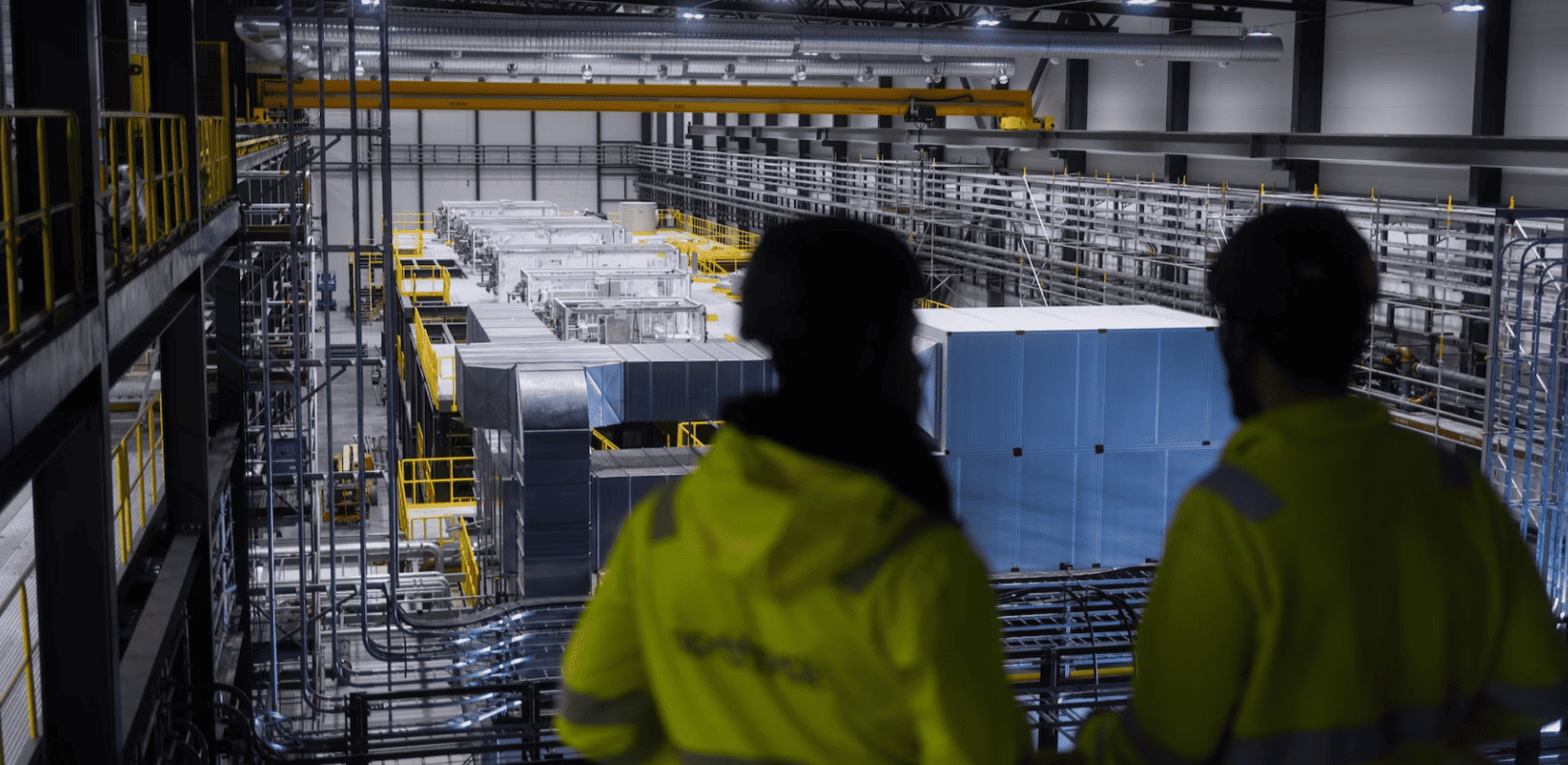
Sweden’s city of Lund is home to a groundbreaking atomic research facility – The European Spallation Source (ESS). Designed by Danish studios Henning Larsen and Cobe, ESS is hailed as the first sustainable research center. The facility aims to delve into atomic-level matter using an ion source that propels protons at an astonishing 96 percent of the speed of light. This pioneering project, a result of European collaboration, has completed its construction phase. Currently, the installation and testing of instruments are underway. By 2026, this state-of-the-art establishment will be fully operational, illuminating fresh insights into the molecular structures and material characteristics of our world.
- The European Spallation Source (ESS) in Lund, Sweden stands as a pioneering sustainable atomic research center.
- ESS employs spallation technology, propelling protons at tungsten targets, producing ‘loose’ neutrons for advanced material analysis.
- International collaboration across 13 European nations fuels its potential to redefine atomic research through cutting-edge technology.
Delving into the atomic world
At the heart of ESS lies a revolutionary approach to neutron-based research. Instead of relying on nuclear fission, ESS uses a technique known as ‘spallation’. This process involves beaming protons at a solid tungsten target disc at nearly the speed of light, resulting in the release of ‘loose’ neutrons.
These neutrons, freed from their atomic structures, then become invaluable tools for researchers. By directing these neutrons at various materials, scientists can explore the atomic and molecular structures of those materials. This insight can lead to a deeper understanding of the properties that govern our material world.
Spallation technology provides a significant advantage over traditional neutron-based research methods. Traditional methods rely on nuclear reactors, which produce neutrons through the process of nuclear fission. This approach often requires extensive safety measures and poses significant waste disposal challenges.
In contrast, spallation is a cleaner and more efficient method of producing neutrons. It does not involve a nuclear chain reaction, hence the risks associated with nuclear fission such as radioactivity and nuclear waste are absent. This makes ESS a safer environment for researchers and significantly reduces the impact on the environment.
Unleashing a new era of research
With the ESS facility, researchers will have access to neutron beams that are up to 100 times brighter than those produced by existing facilities. This enhancement will pave the way for new discoveries in a multitude of scientific fields.
Neutron beams are especially useful for studying materials at the atomic and molecular level, providing detailed insights into their structure and behaviour. This could lead to advancements in areas like battery technology, medicine, environmental technology, and even fundamental physics.
For instance, by studying the atomic structure of new materials, scientists can develop more efficient batteries for electric vehicles. In the field of medicine, neutron beams could be used to probe the structure of proteins, aiding in the development of new drugs and treatments.
ESS design balances form and function
The design principles of the ESS facility embody a harmonious fusion of form and function. The facility’s design, by Danish studios Henning Larsen and Cobe, is ingeniously guided by both its scientific purpose and aesthetic aspirations. A striking feature is the expansive, rounded roof that pays homage to the form of the tungsten wheel, seemingly suspended above it with a captivating weightlessness. This design choice not only alludes to the facility’s scientific focus but also establishes an architectural marvel.
The exterior of the buildings communicates their roles with clarity – structures housing the dynamic particles sport industrial facades, reflecting their kinetic nature. In contrast, buildings intended for interaction and collaboration feature “more refined” facades, signaling spaces designed for meetings and social engagement. This thoughtful marriage of design elements ensures that ESS not only serves as an epicenter of cutting-edge research but also stands as a testament to the seamless integration of science and aesthetics.
International collaboration: The key to ESS
The ESS project is the result of an international collaboration, involving 13 European nations. Sweden and Denmark are at the forefront of this collaboration, with significant contributions also coming from Switzerland. Scientists and engineers from over 100 partner laboratories are currently working on optimising the facility’s technical design and maximising its research potential.
Such a multinational coalition not only highlights the global importance of this project but also fosters a spirit of international cooperation in advancing scientific knowledge. The ESS, with its groundbreaking technology and collaborative approach, is poised to revolutionise atomic research and open up new frontiers in science.


